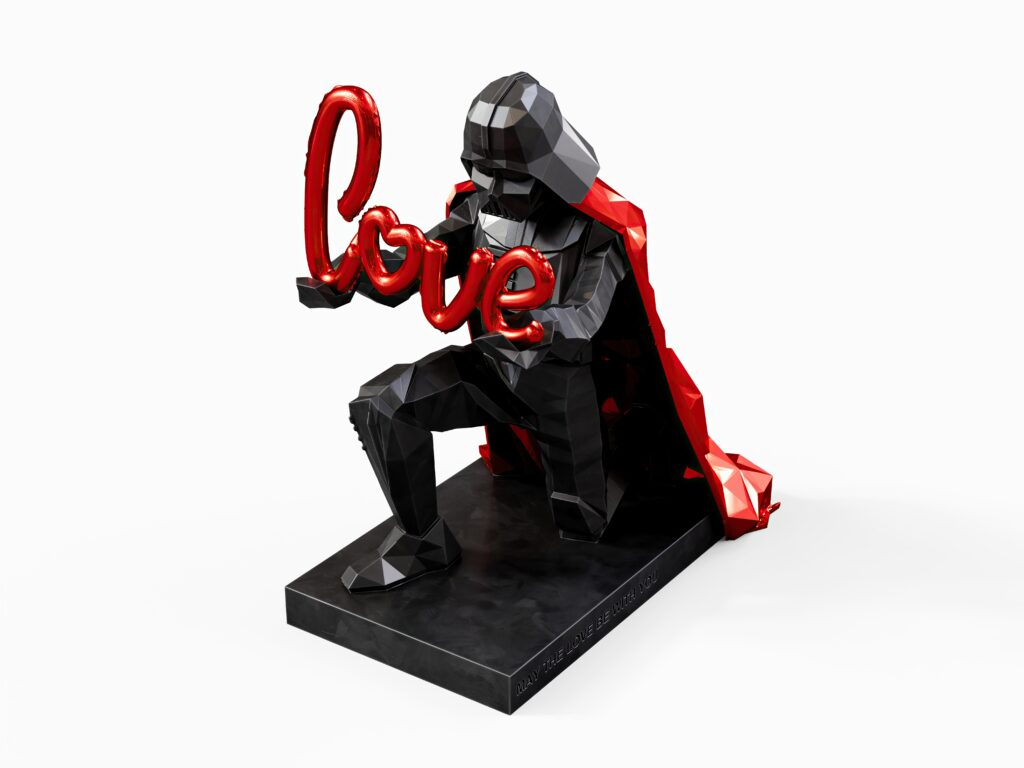Are you curious about the secret behind those breathtaking computer-generated images of furniture? In today’s digital age, the use of 3D modelling techniques has revolutionized the way furniture products are marketed and advertised. With the advancement of technology, furniture companies are able to unlock the untapped potential of these techniques to promote their product capabilities like never before. From furniture CGI to professional furniture photography and advertisement videos, these tools have become essential in creating captivating furniture marketing campaigns. This article explores the various ways in which 3D modelling techniques can be harnessed to elevate furniture marketing strategies, create engaging promotional materials, and ultimately enhance furniture branding. Through case studies and best practices, we will delve into the world of furniture content creation and examine how furniture marketing agencies and promotional services are utilizing these techniques to unlock the full potential of furniture marketing in the digital era. Whether you are a furniture designer, marketer, or enthusiast, this article aims to provide valuable insights into the power of 3D modelling techniques in promoting furniture product capabilities.
1. Polygonal Modeling, Accurate and elegant Furniture
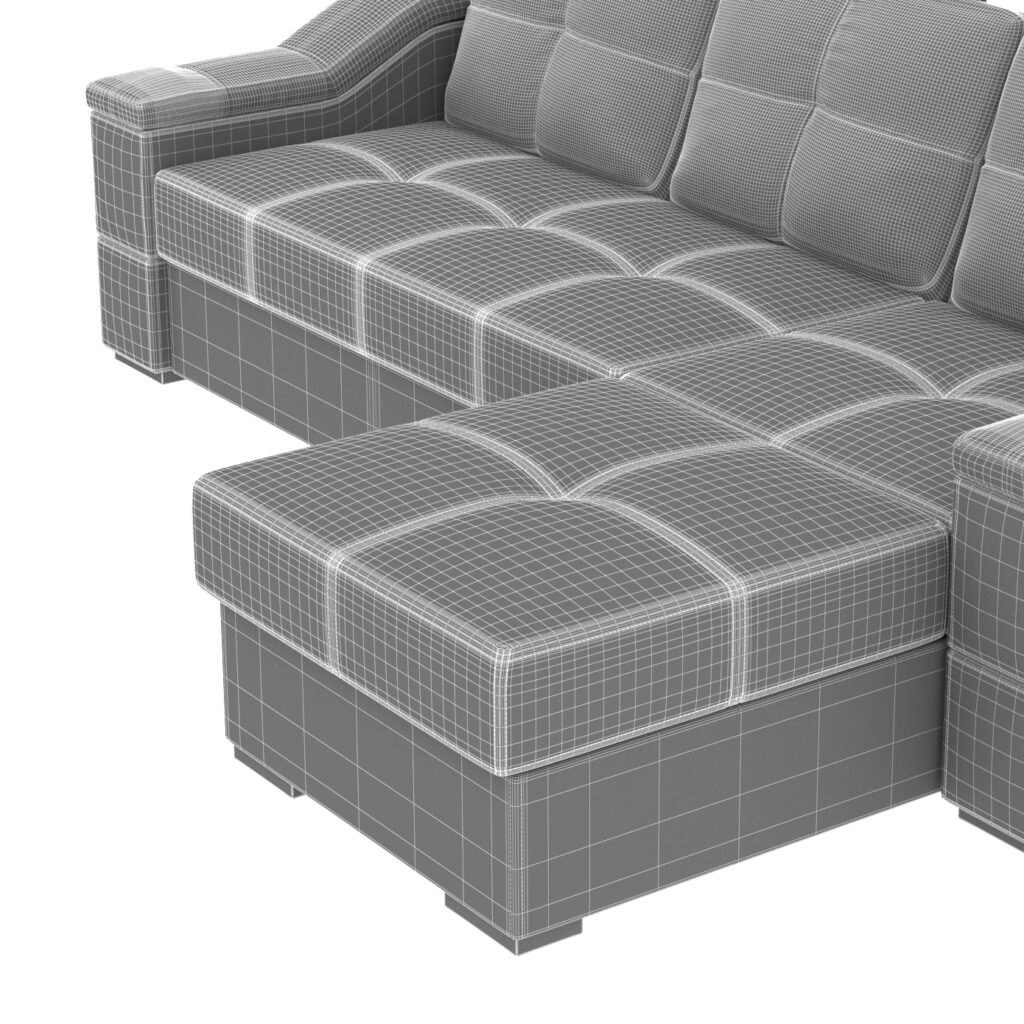
Polygonal Modeling, also known as poly modeling, is a technique widely used in computer graphics and 3D design to create virtual representations of physical objects, specifically products and furniture. It involves constructing three-dimensional shapes using a series of interconnected polygons, such as triangles or quadrilaterals. These polygons act as the building blocks, allowing designers to manipulate the object’s geometry, texture, and color to accurately model the desired product or furniture item. By strategically arranging and sculpting these polygons, detailed and realistic digital representations can be achieved, enabling designers to visualize and showcase their creations before they are physically manufactured. This methodology is crucial in the development and visualization of various products, including furniture, wherein the intricacies of design, dimensions, and material textures can be effectively conveyed in a virtual environment.
2. Subdivision Surface Modeling, Look closer to your Ads
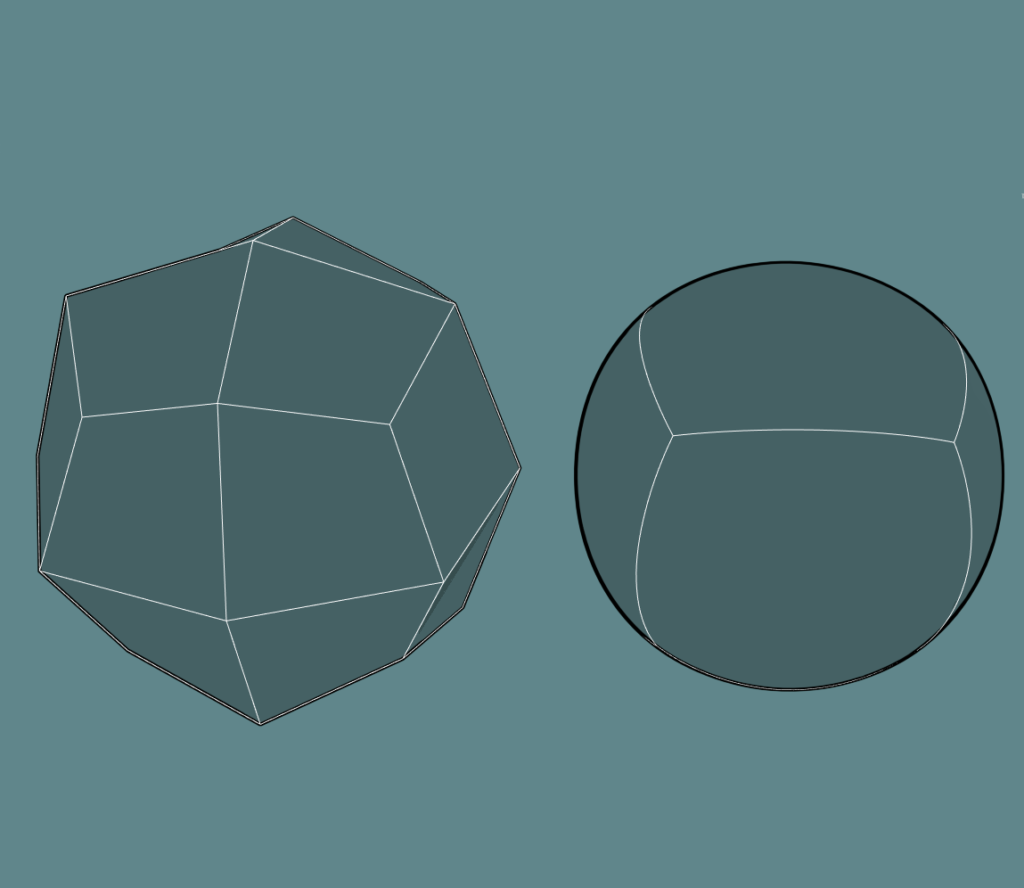
Subdivision Surface Modeling is a precise digital technique used for creating smooth and detailed 3D models of products and furniture. It involves breaking down the overall shape of the object into smaller components, which are then enhanced and refined to achieve a visually appealing and realistic final design. This method allows designers to manipulate the geometry, edges, and vertices of the model, easily adapting and adjusting it to match desired specifications and aesthetic preferences. By employing Subdivision Surface Modeling, designers can effectively showcase intricate details, textures, and variations in their product or furniture designs, enabling accurate visual representation and delivering a compelling user experience.
3. NURBS Modeling, Sofa Drawing to 3D Model
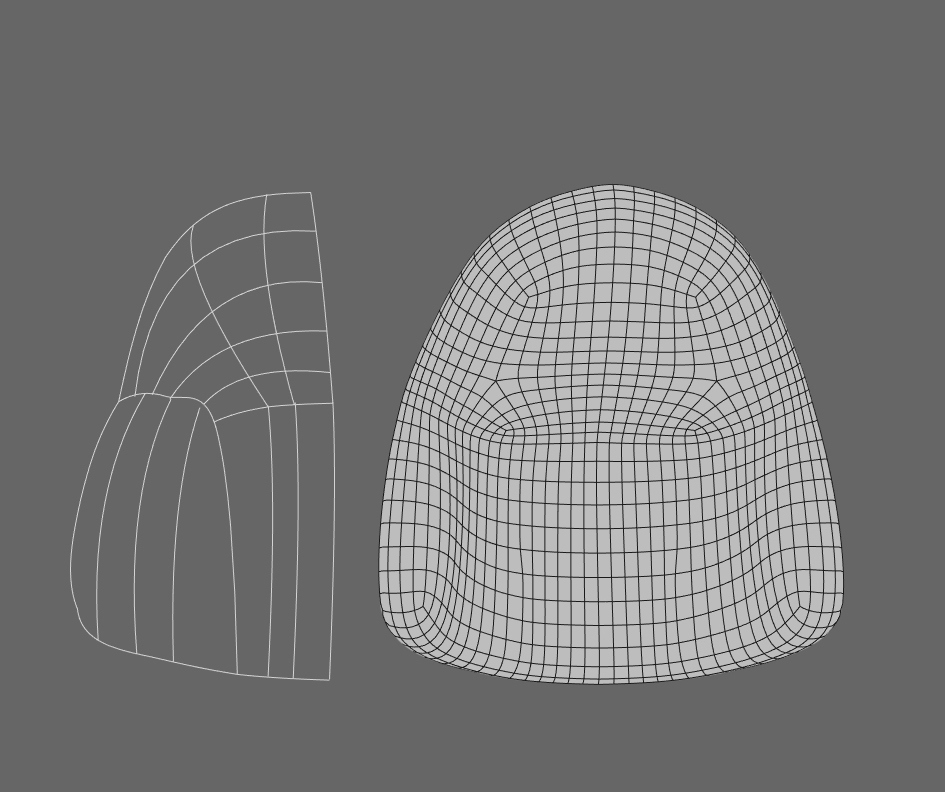
NURBS Modeling in the context of product or furniture design refers to the technique of creating three-dimensional representations using Non-Uniform Rational B-Splines (NURBS). NURBS are mathematical representations that enable designers to manipulate curves and surfaces with precision and smoothness. This advanced modeling approach allows for the creation of complex and organic shapes, offering realistic renderings of various products and furniture pieces. NURBS modeling utilizes control points and weights to define the shape and structure, allowing for intricate detailing and customization. This methodology has revolutionized the design process in industries such as manufacturing and interior design, facilitating the creation and visualization of high-quality, aesthetically pleasing products and furniture.
4. Boolean Operations, Faster & Efficient
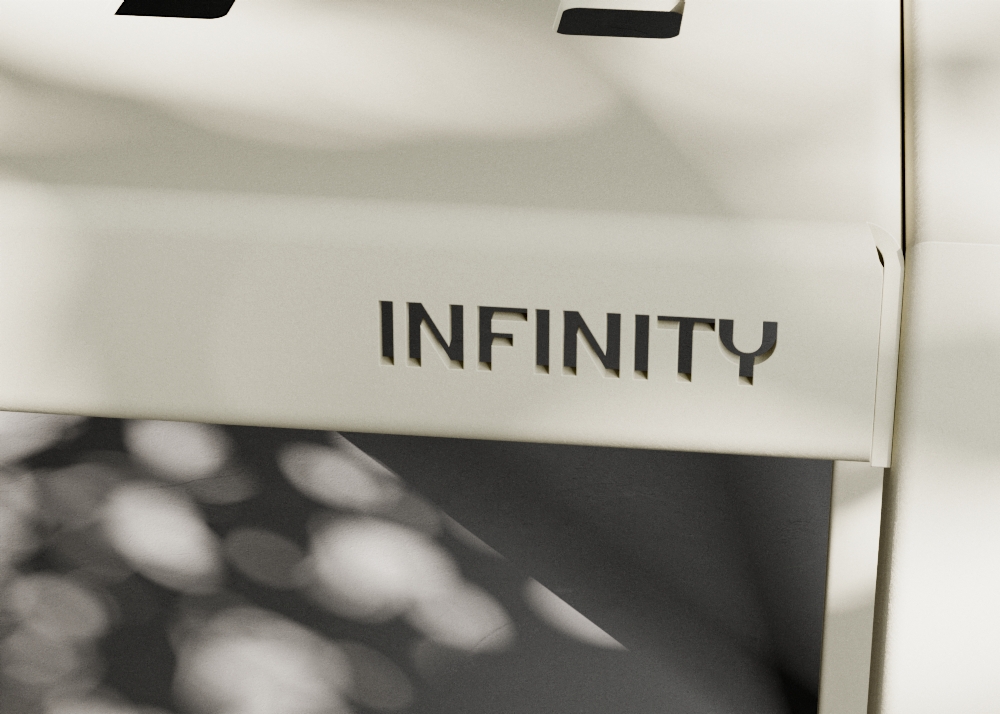
Boolean operations involve combining or cutting one 3D object with another to create complex shapes. This technique is particularly useful for creating furniture models with intricate carvings, insets, or intersecting parts. With precise management of topology, our skilled artists can achieve excellent results while ensuring clean geometry
5. Sculpting, Ready to print
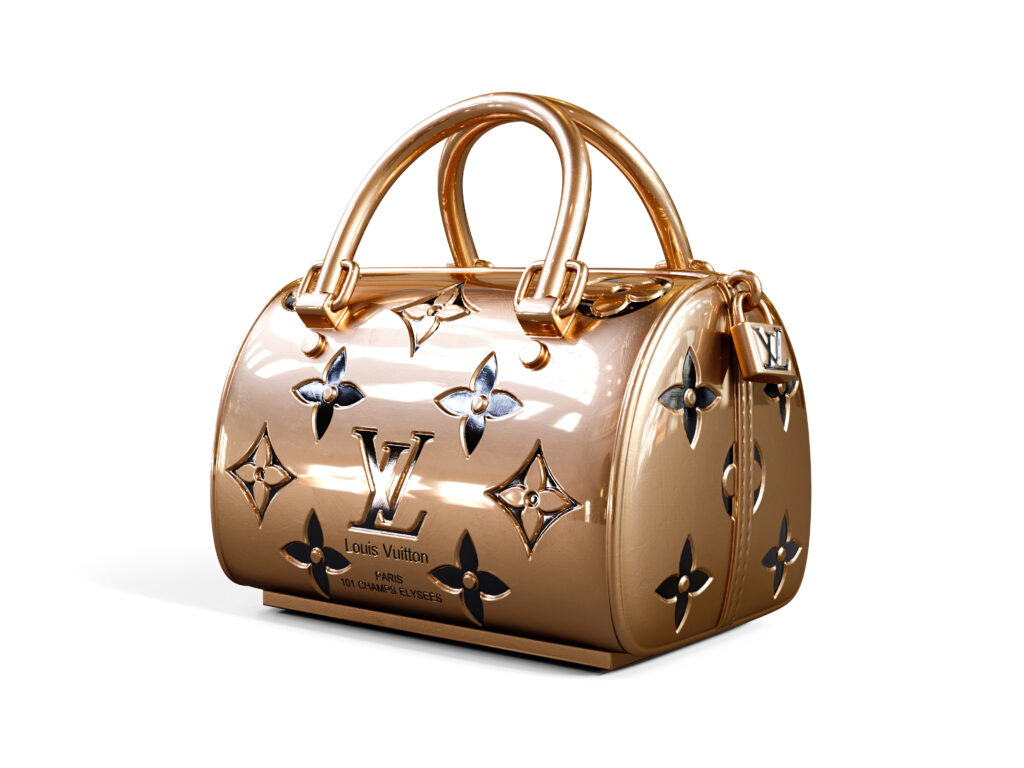
Sculpting allows artists to add organic and intricate details to furniture models, giving them a realistic and tactile appearance. Whether it’s wood grain, upholstery textures, or decorative elements, sculpting tools bring furniture renders to life with exceptional detail and visual appeal.
6. Procedural Modeling, Change easily
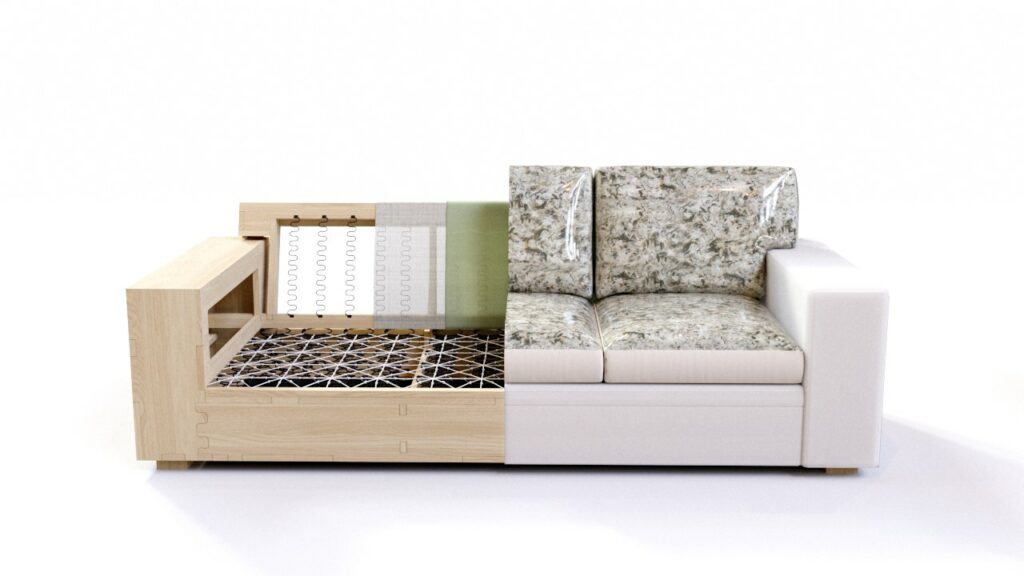
Procedural modeling, in the context of product and furniture design, refers to the generation of realistic 3D models through the use of algorithmic rules and parameters rather than manually created geometry. This approach allows designers to automate and streamline the creation process, saving significant time and effort. By inputting specific parameters such as dimensions, materials, patterns, and other design criteria, procedural modeling algorithms can generate a wide variety of product and furniture models with precision and consistency. This technique is particularly beneficial for industries requiring mass production or customization, as it enables designers to efficiently create numerous design variations tailored to specific needs. Procedural modeling offers a powerful toolset for enhancing design flexibility, accelerating production workflows, and facilitating iterative design processes while ensuring high-quality and visually appealing outcomes.
In addition to these strategies, consider incorporating cutting-edge visual 3D tools such as 360 views and product animations. These advanced CG solutions can be integrated into your website, online stores, and other marketing channels to capture and hold customers’ attention.
By implementing these six key strategies, you can significantly enhance your furniture marketing campaigns and increase profitability. Think outside the box, experiment with different approaches, and leverage innovative technologies to stand out in the market. Boost your furniture marketing and achieve greater success by embracing these effective strategies.
